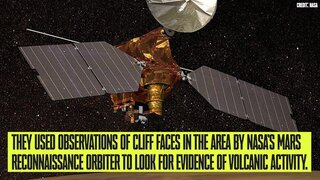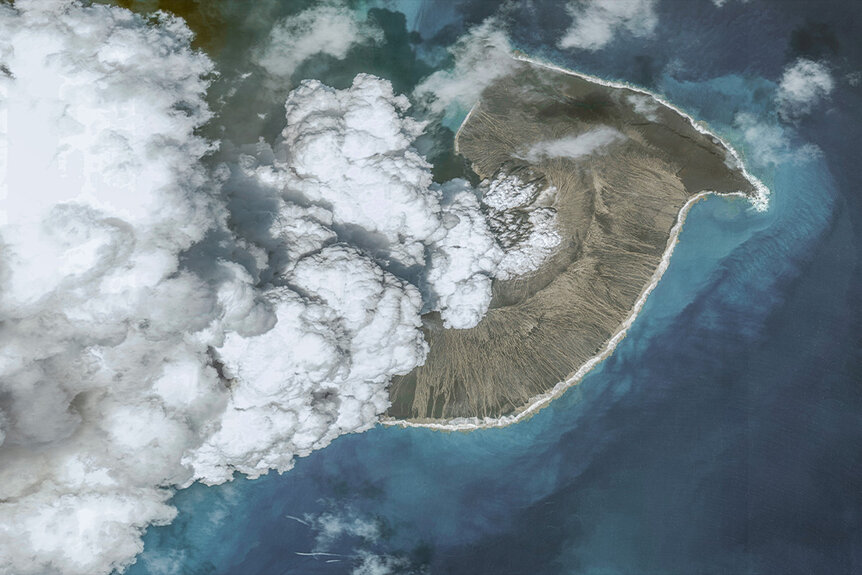Create a free profile to get unlimited access to exclusive videos, sweepstakes, and more!
Volcanic Eruption Triggers Most Intense Lightning Storm Ever Recorded
We have to worry about volcanic lightning now?
When the fictional Dante’s Peak erupted in 1997, the residents of the titular town had enough to deal with in the form of lava, pyroclasts, and waves of ash without having to worry about volcanic lightning. Had things been a little bit different, they may have been treated to the most powerful light show our planet has ever produced.
For proof, we need only to look to Hunga Tonga-Hunga Ha’apai, an underwater volcano located roughly 65 miles north of Tongatapu, Tonga's main island. It started ramping up activity in December 2021 but really kicked off on January 15, 2022. The ensuing eruption was the most powerful since Mount Pinatubo blew in 1991, and it triggered the most intense lightning storm ever recorded, according to a recent study published in the journal Geophysical Research Letters.
Volcanoes Create the Weirdest and Most Powerful Storms on Earth
Researchers used a combination of ground-based radio antennas and satellite images to analyze the aftermath of the 2022 eruption at Hunga Tonga-Hunga Ha’apai. When the volcano blew its top, it sent millions of tons of ash and dust into the atmosphere, and it carried a lot of superheated water with it. At its peak, the volcano was spewing 11 billion pounds of material per second at least 58 kilometers into the air.
RELATED: Volcanoes May 'Sing' Before They Blow
All of that water, dust, gas, and heat rose into the atmosphere before spreading out in an umbrella cloud. The first observed lightning strikes appeared along a wave moving 80 meters per second inside the umbrella cloud. Oscillations in the cloud drove energetic particle interactions producing lightning strikes at an unprecedented rate. As the waves moved outward through the cloud, lightning followed them, striking in at least four concentric waves.
During the peak, the umbrella cloud produced approximately 2,600 lightning strikes per minute, or more than 40 every second. In addition to the breakneck pace of lightning cracks, researchers also observed lightning strikes occurring 20 to 30 kilometers above sea level, significantly higher than typical.
The data suggests that under the right conditions, volcanoes can create their own weather systems at high altitudes, sustained by the dramatic introduction of material and energy. Either that or someone made Thor super mad about something.
They don’t make volcanoes like they used to. Catch Dante’s Peak, available now from Universal.































